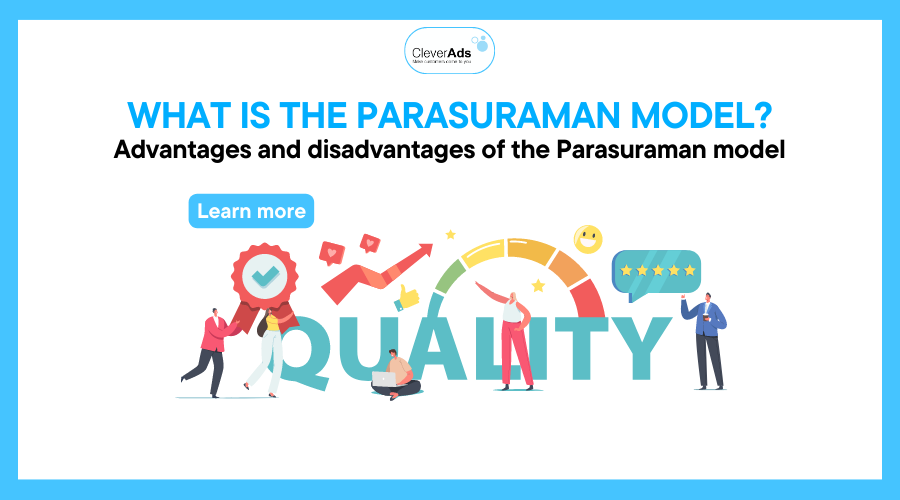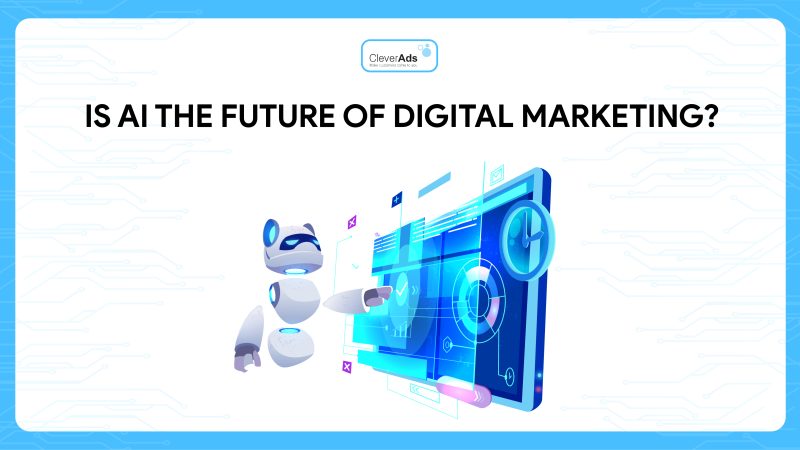What is the Parasuraman Model? Advantages and disadvantages of the Parasuraman model

The foundation for businesses to improve service quality depends on the point of view of the customers. If the company wants to gain a long-term competitive advantage, it needs to improve the quality of its services. This is considered a strategic factor that substantially affects business results. The victory of the business depends very much on the quality of the services provided. With the support of service quality evaluation criteria, businesses can take that as a measure to improve their reputation or brand image, thereby serving the ultimate goal of meeting customer expectations, and building a long-term relationship with them. To evaluate service quality, the Parasuraman model is always one of the top priorities of researchers.
1. What is the Parasuraman Model?
The Parasuraman model of SERVQUAL (service quality measurement) model was developed by the American marketing experts Valarie Zeithaml, A. Parasuraman, and Leonard Berry in 1988. It is a model used for analysis and measurement. measure the quality of service that customers have used and perceived.
Initially, this model focused on the development of the quality system, but over time, improving service quality becomes more important. Therefore, it can be seen that improved service quality will bring a great competitive advantage to businesses because services in general play an increasingly large role in modern life.
In the 80s of the 20th century, the Parasuraman model had a certain impact on the service industries. At that time, the measurement of service quality was extremely abstract and not easy to calculate.
For example, when a business conducts a survey on customer satisfaction about transaction activities at the point of sale, service quality is measured through general environmental factors.
2. Service quality evaluation criteria of the Parasuraman model
The Parasuraman Model (SERVQUAL) is the most commonly used approach to measure service quality to compare pre-use customer expectations and their perception of the actual service provided. Gronroos, 1982; Lewis and Booms, 1983; Parasuraman et al., 1985).
The SERVQUAL model was derived from the research of Parasuraman, ZeithamL, and Berry in 1985. The original model included 10 service quality measurement criteria such as reliability, responsiveness, service capacity, and continued service. approach, courtesy, communication, credibility, confidentiality, understanding/knowing customers, and tangible media.
Then, ZeithamL, Berry, and Parasuraman, 1988 retested the variables and reduced them to 5 criteria including Tangible Facilities Group, Reliability, Responsiveness, and Service Assurance (combines communication, credibility, confidentiality, competence, and courtesy) and empathy (combines understanding and knowing the customer with accessibility (Saleh, F. and Ryan, C., 1991).
Reliability
Reliability measures an undertaking’s ability to provide services accurately, on time, and reliably (Parasuman, Zeithaml, and Berry, 1985). This criterion also requires consistency in service performance and respect for commitments and promises to customers.”
Ability to meet
This criterion measures the ability of the business to solve problems and complaints of customers effectively and quickly as well as the willingness to help customers and respond to their requests. (Parasuman, 1988). In other words, responsiveness is the response of the business to what the customer wants.”
Group of tangible facilities
This criterion refers to the facilities, equipment, machines, employees’ attitudes as well as the documents, manuals, and information systems of the enterprise (Parasuraman, Zeithaml, and Berry, 1985). In other words, tangible factors refer to the influence of facilities, equipment, personnel, and communication materials on customers (Sureshchandar, Rajendran, and Kamalanabhan, 2001). In addition, the atmosphere or service scene also directly affects both employees and customers in many different ways such as physiological, psychological, sociological, cognitive, and emotional. Sureshchandar, 2001).”
Security
This criterion is considered one of the important criteria, helping businesses to create credibility and trust with customers. Factors to evaluate include professional service, excellent technical knowledge, polite attitude, and good communication skills, thereby giving customers confidence in the quality of services of the business.
Empathy
Empathy means the best care, consideration, and preparation for customers so that they feel like a ‘guest’ of the business and are always welcome at any time, anywhere. In particular, the human factor is the core key to success and the more businesses care about customers, the more empathy of customers increases, thereby improving the success index for the service.
Read more: Overall marketing and strategy-building methods
3. Five (5) distances in the Parasuraman Model
The interaction between the customer and the service provider as well as the interaction between the business itself, these two factors greatly affects the quality of the service that the business provides. Businesses need to determine where the customer’s expectations are so that they can make adjustments accordingly.
From there, the Parasuraman model identified and identified five gaps that can arise between a customer’s needs and the service a company provides.
3.1 Knowledge gap
Gaps arise when a business lacks knowledge about customer expectations thereby preventing them from reaching consumers.
3.2 Standard distance
Each business needs to develop its standards of what customers expect from their services. If these standards are defined the wrong way from the start and do not correspond to what the customer expects, the quality of service will drop dramatically.
3.4 Communication distance
Sometimes, the external communication (marketing) that the business spreads will cause customers to have false expectations about the service.
3.5 Satisfaction distance
Dissatisfaction is the result of a (significant) difference between the service customers expect and the service they experience. From there, this will lead to the biggest gap in customer experience in terms of the quality of service that the business provides.
4. Application of the Parasuraman Model
There is no uncertainty that a business if it wants to survive in a competitive environment, needs to ensure the quality of the products and services they are providing. Some companies only provide services so service quality is considered a decisive factor for the success of the business.
Businesses that sell physical goods such as department stores and supermarkets can sell a wide variety of products, and service quality is the primary means of distinguishing themselves from the competition.
It can be said that the Parasuraman model is a scale that helps businesses evaluate and better understand the expectations and perceptions of their customer’s services and at the same time improve their service quality. In addition, the Parasuraman model also shows the best performance when used to track service quality trends as well as in combination with other service quality measures. Another application of the Parasuraman model is that it is used to categorize a company’s customers into different segments – based on their perception of scores from their Parasuraman evaluations. Parasuraman et al., 1988).
Read more: Advertising services: 2 basic things you need to know
5. Limitations of the Parasuraman model
It can be seen that although the Parasuraman model has grown in popularity and is widely applied in many fields, this model still has some limitations as below:
The popularity of the model
The Parasuraman model is considered a model that can be used for all different sectors, no matter the industry or size, from the food industry, and the car industry to the clothing or service sector. However, different fields may encounter different problems or troubles while the model will not change in any way. It continues to evaluate against the same gaps.
Subjective opinion
The Parasuraman model works on management perceptions and customer expectations. This means that one aspect of the consumer’s opinion can influence the conclusion. The results of the model-based research will be influenced by the respondents’ subjective views.
Customer perspective is not immutable, it changes over time. Each perspective will change differently at different times when the customer contacts the service provider or vice versa. Zeepedia defines this as a “Moment of truth”. Based on this definition, a business must either satisfy or be dissatisfied with its customers according to a given “Moment of Truth”.
With each different “Moment of Truth”, customers can change their expectations and experiences. Research shows that customers make their final judgments based on these Moments of Truth”. This means that for the Parasuraman model, one customer’s view is never the same even though it may be the same customer. It is difficult to determine what a customer’s real point of view is because of the constant change in their perception.
Read more: 7Ps in marketing – the most effective strategy for the service industry
6. EPILOGUE
The Parasuraman model is designed to help service providers identify weak factors so they can provide timely and appropriate improvement strategies. In addition, it also acts as an alerting system as this model can be used to monitor service quality over time, provide long-term trends, benchmark performance, and identify problems in early degradation of factors affecting service quality.


